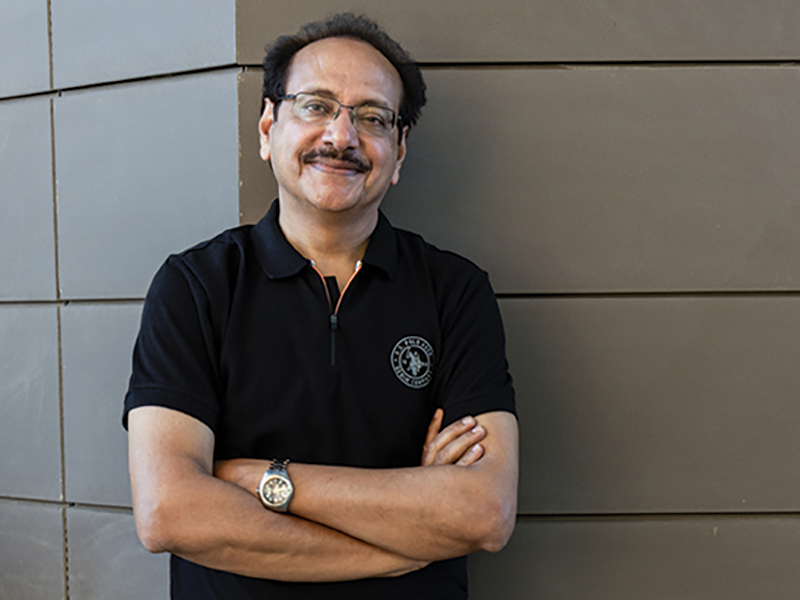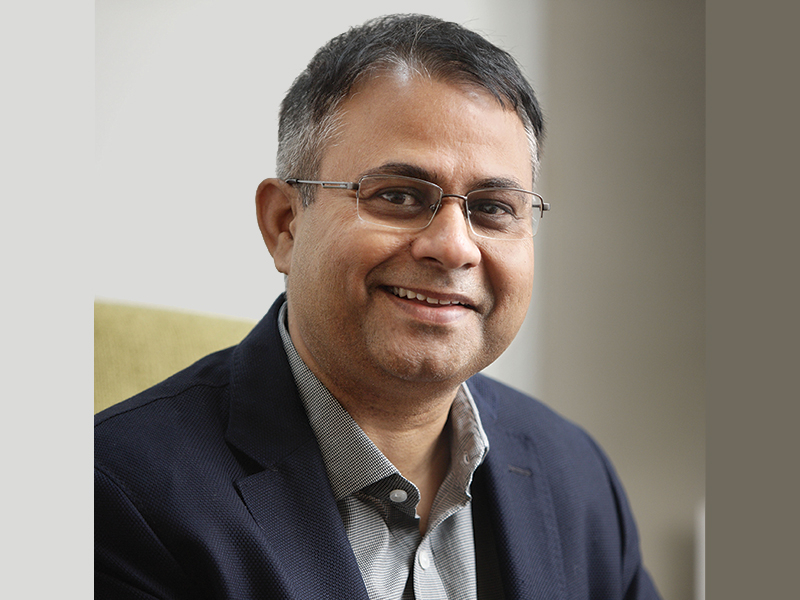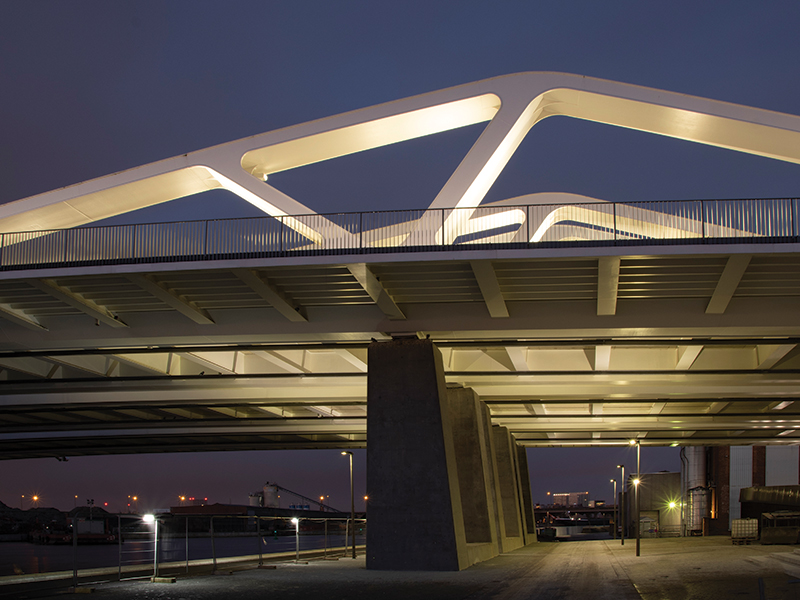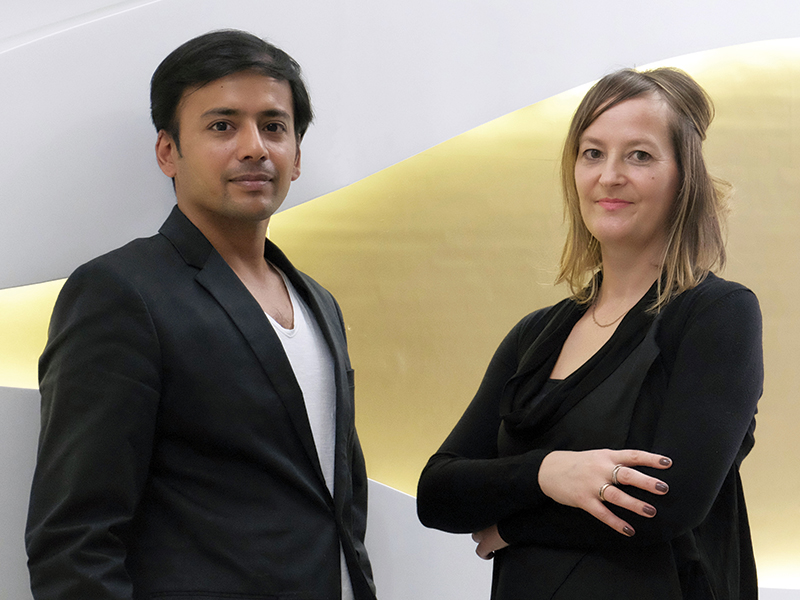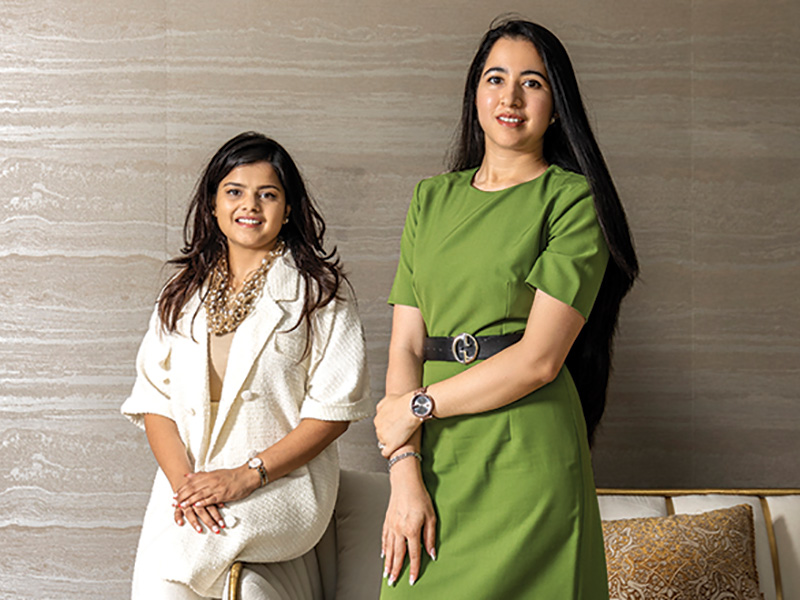
Though there was a temporary change in the space requirements based on minimized occupancies and density, this trend seems to have reversed almost two years after the first lockdown. Space-wise occupancies are returning to pre-pandemic levels since most people are vaccinated. Also, with the understanding of how the virus travels (surface vs airborne) there is less emphasis on touch-free surfaces and movement. There will, however, continue to be some lasting effect on HVAC and air-filtration systems.
Design details for improved environments that allow natural inclusions like daylight, air, vegetation etc additions have been found to vastly improve the quality of the space - visually as well as qualitatively.
As far as materiality goes, good quality material which is low on VOC and other harmful substances help keep the built environment healthy. Natural materials continue to remain timeless choices for great aesthetics in any designer’s toolkit.
Eco-conscious and sustainable living is gaining popularity at scales that are beyond architecture.
With people growing more conscious of what they consume - whether it is food, water, clothing, or energy - there is a growing demand for organic and healthy options. With this shift in consumer behaviour, the demand for sustainable built environments will also gain prominence.
The other aspect of architecture is cost-efficiency. Prefab and efficient structural systems which economize on time, money, or both, will continue to remain an area of interest. The constant balance is between these two areas; so, resource efficiency and cost efficiency will remain a challenge for architecture in the coming decades.
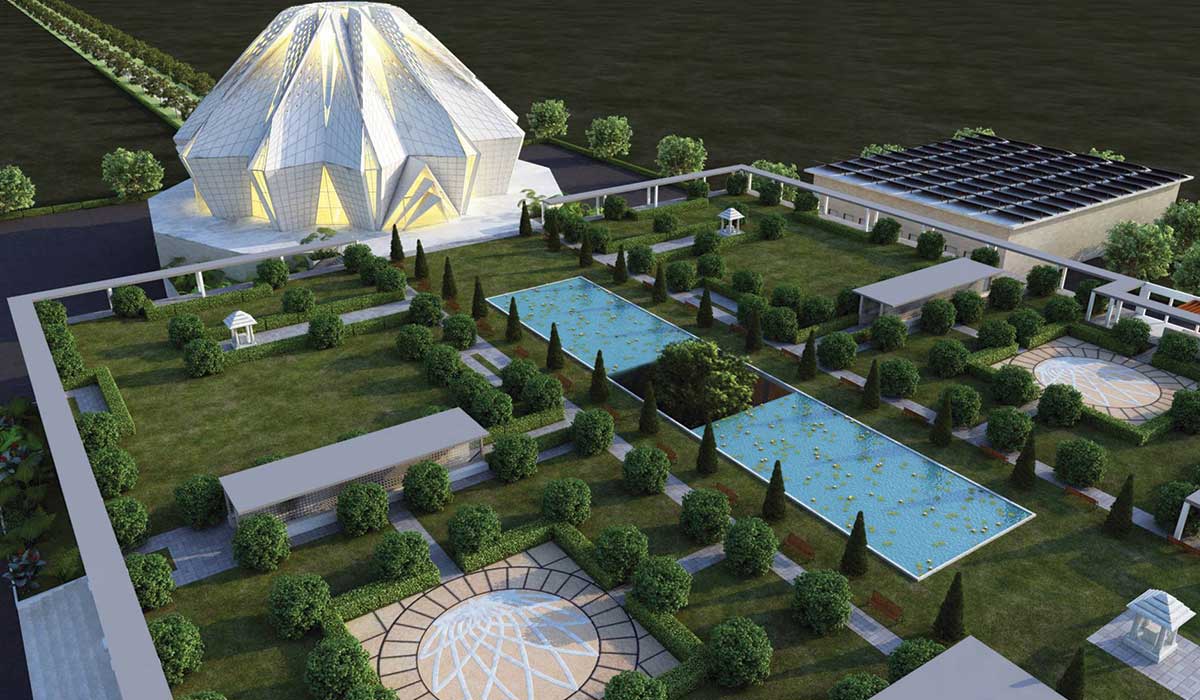
Research on building materials continues to be a space where there is little adaptation with very new or unproven trends.
Materials which generally improve efficiency of either cost or energy consumption get adapted quickly into construction, while other new materials which are more experimental tend to be passed over when deciding on the final material specifications. The reason also is that many of the material choices are client driven and if it is too new or different it can get perceived as risky. However, as a practice, we like to push the envelope and adopt new materials where possible.
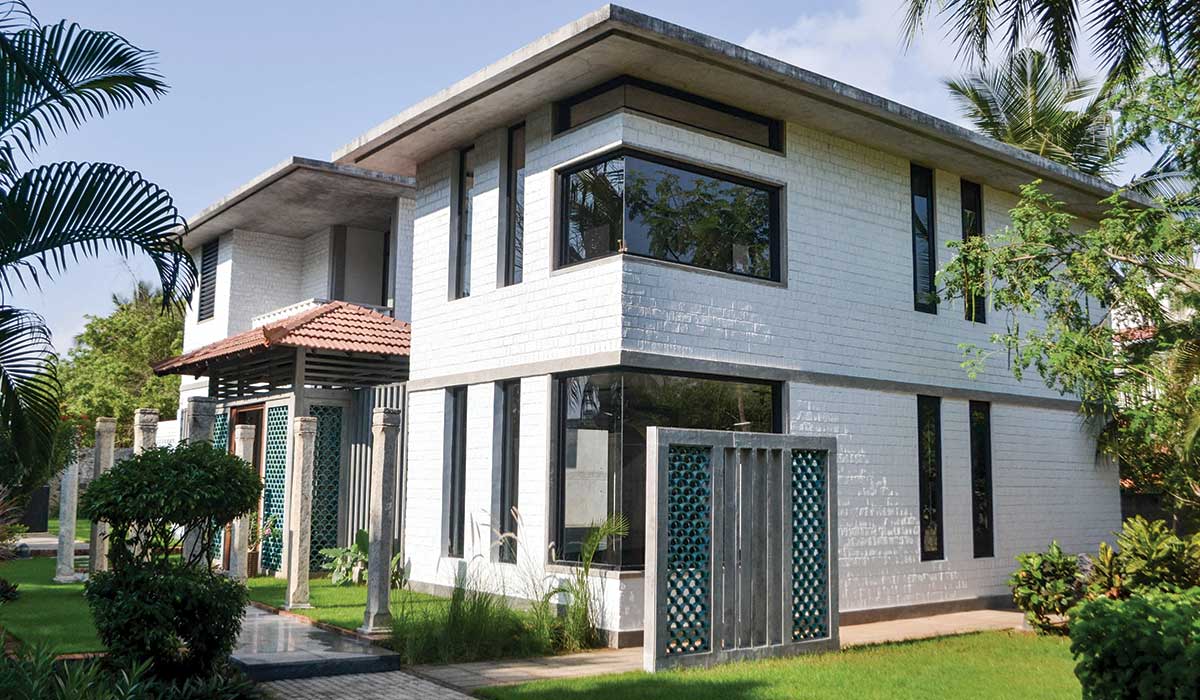
There is a demand for flexibility that allows for expanding and contracting lifestyles through the life of a building.
Architecture is always evolving. Spatial preferences, environmental adaptation, culturally and ecologically adapted design approaches, have shifted quite a bit in the last two decades. Materials are being constantly updated and improved for their performance. I imagine that we will soon have adaptable architecture in the future as everyone is demanding flexibility that allows for expanding and contracting lifestyles through the life of a building.
